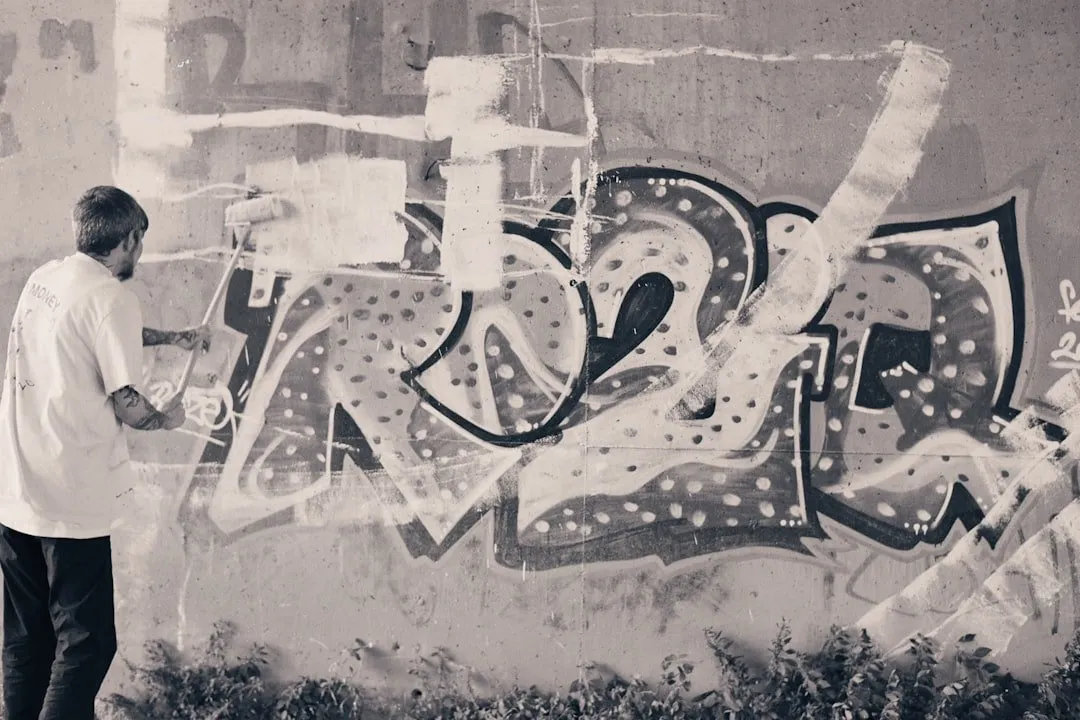Red Bali and Maeng Da Kratom strains cater to different recovery needs. Red Bali aids in relaxation and managing anxiety with higher 7-HMG levels, while Maeng Da boosts energy and focus with elevated mitragynine, suitable for early motivation. Safe use involves starting with lower doses (1-3g red bali), monitoring side effects, taking breaks, and combining kratom with evidence-based treatments.
“Discovering Kratom as a potential tool for addiction treatment offers a promising natural alternative. This ancient herb, scientifically known as Mitragyna speciosa, has gained attention for its therapeutic properties. Our article explores how kratom can support recovery, focusing on the contrasting strains Red Bali and Maeng Da, each with unique effects. We’ll guide you through the science behind it, helping you understand the safe and effective use of kratom, including dosage and potential side effects, especially when comparing these powerful varieties: Red Bali vs Maeng Da.”
- Understanding Kratom: A Natural Alternative for Addiction
- Red Bali vs Maeng Da: Exploring Potent Strains for Treatment
- Safe and Effective Use: Dosage & Potential Side Effects
Understanding Kratom: A Natural Alternative for Addiction

Kratom, derived from the tropical tree Mitragyna speciosa, has gained attention as a natural alternative for addiction treatment. This plant-based substance offers various compounds known as alkaloids, with mitragynine being the most prominent. Mitragynine acts on opioid receptors in the brain, providing effects similar to opiates but without the same level of potency and risk of dependence.
Red Bali and Maeng Da are two popular kratom strains known for their distinct properties. Red Bali is renowned for its calming and pain-relieving effects, making it a preferred choice for those seeking relaxation and stress relief without compromising cognitive functions. In contrast, Maeng Da is celebrated for its potent energy-boosting and mood-enhancing qualities, often recommended for individuals in the early stages of recovery who need motivation and focus to stay on track.
Red Bali vs Maeng Da: Exploring Potent Strains for Treatment

Red Bali and Maeng Da are two popular Kratom strains known for their potent effects, often sought after for addiction treatment and recovery support. Among users, these strains have distinct profiles that cater to different needs. Red Bali, as its name suggests, offers a calming and relaxing experience due to its higher levels of 7-Hydroxymitragynine (7-HMG), a compound known for its analgesic and mood-enhancing properties. This makes it a preferred choice for individuals focusing on managing withdrawal symptoms and reducing anxiety during the recovery process.
On the other hand, Maeng Da stands out for its potent energy-boosting effects and increased focus. Higher levels of mitragynine, the primary active alkaloid in Kratom, contribute to this strain’s intense sensations. Many users find Maeng Da helpful for maintaining motivation and combating cravings, especially during the early stages of recovery where a surge in energy can be beneficial. The choice between Red Bali and Maeng Da depends on an individual’s specific goals and preferences in their addiction treatment journey.
Safe and Effective Use: Dosage & Potential Side Effects

When considering kratom for addiction treatment, understanding safe and effective use is paramount. The dosage plays a crucial role in reaping its therapeutic benefits while minimising potential risks. Generally, starting with lower doses is recommended, allowing the body to acclimate to the plant’s effects. For instance, beginners often start with 1-3 grams of red Bali kratom, known for its calming and relaxing properties, versus the stronger maeng da, which can be more stimulating.
As with any supplement, side effects may occur. Common kratom side effects include dry mouth, lightheadedness, and fatigue. Less common but more severe potential side effects include gastrointestinal distress and, in rare cases, alergic reactions. It’s essential to monitor your body’s response and consult a healthcare professional, especially if you experience concerning symptoms. Responsible use involves adhering to recommended dosages, taking breaks from kratom, and combining it with evidence-based treatment methods for optimal addiction recovery results.
Kratom holds promise as a natural alternative for addiction treatment, with strains like Red Bali and Maeng Da offering varying levels of potency. While these plants can aid in managing cravings and withdrawal symptoms, it’s crucial to understand their differences and use them safely. Proper dosage and awareness of potential side effects are essential when considering kratom for recovery, ensuring a more effective and secure journey towards long-term sobriety.














